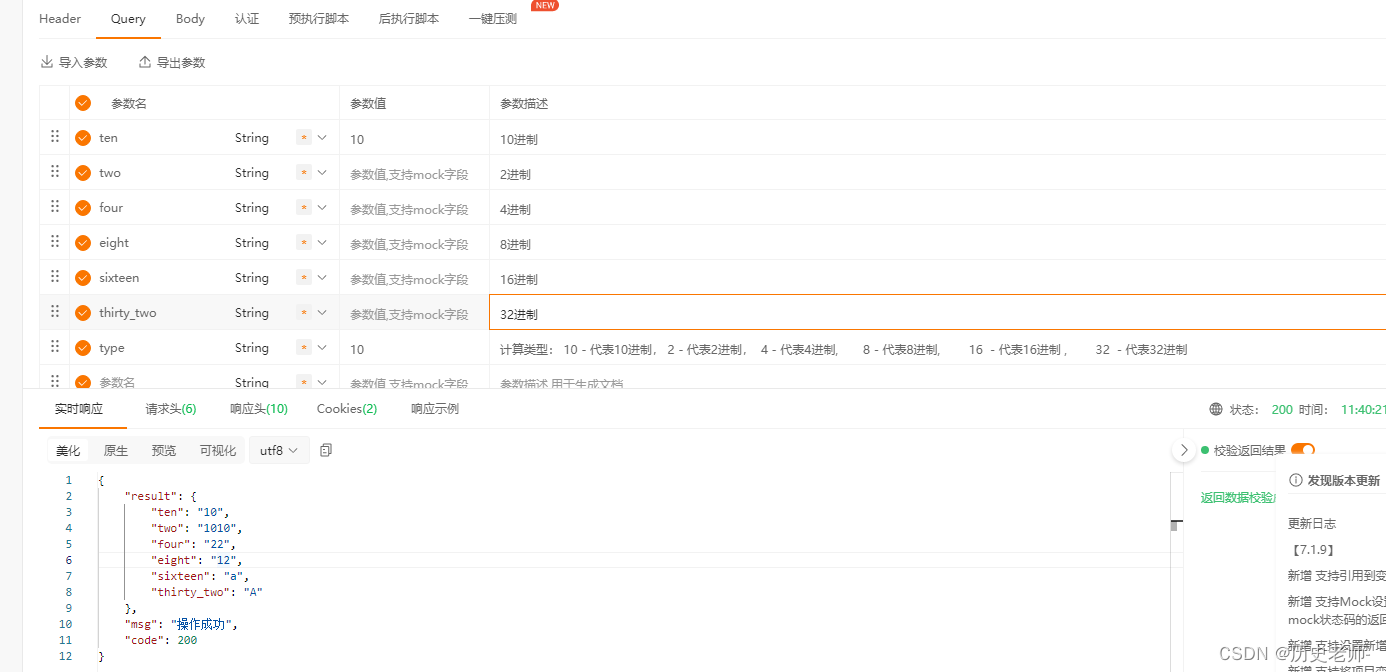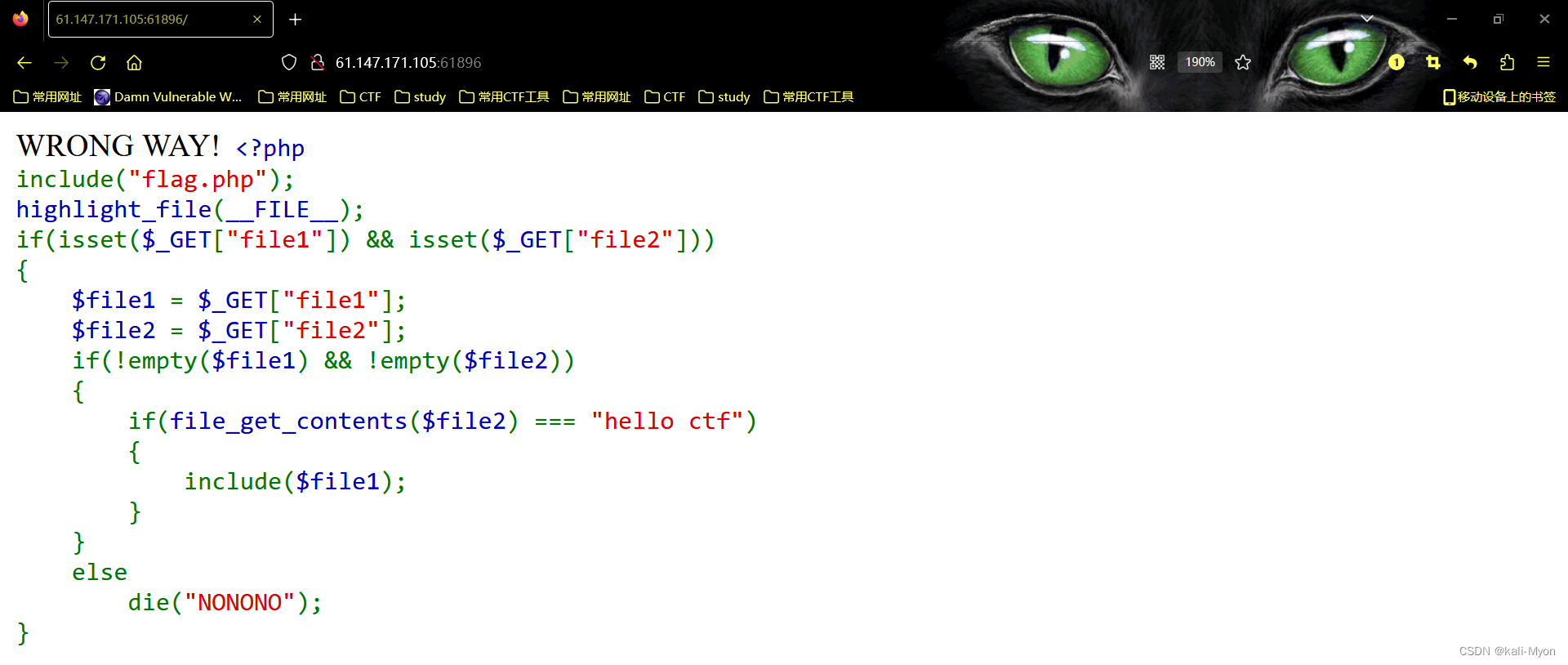这篇“linux下如何使用make命令”文章的知识点大部分人都不太理解,所以小编给大家总结了以下内容,内容详细,步骤清晰,具有一定的借鉴价值,希望大家阅读完这篇文章能有所收获,下面我们一起来看看这篇“linux下如何使用make命令”文章吧。
make 如何工作的
对于不知道背后机理的人来说,make 命令像命令行参数一样接收目标。这些目标通常存放在以 “makefile” 来命名的特殊文件中,同时文件也包含与目标相对应的操作。更多信息,阅读关于 makefiles 如何工作的系列文章。
当 make 命令第一次执行时,它扫描 makefile 找到目标以及其依赖。如果这些依赖自身也是目标,继续为这些依赖扫描 makefile 建立其依赖关系,然后编译它们。一旦主依赖编译之后,然后就编译主目标(这是通过 make 命令传入的)。
现在,假设你对某个源文件进行了修改,你再次执行 make 命令,它将只编译与该源文件相关的目标文件,因此,编译完最终的可执行文件节省了大量的时间。
make 命令实例
下面是本文所使用的测试环境:
os——ubunut13.04 shell——bash4.2.45 application——gnumake3.81
下面是工程的内容:
$ls anothertest.cmakefiletest.ctest.h
下面是 makefile 的内容:
all:test test:test.oanothertest.o gcc-walltest.oanothertest.o-otest test.o:test.c gcc-c-walltest.c anothertest.o:anothertest.c gcc-c-wallanothertest.c clean: rm-rf*.otest
现在我们来看 linux 下一些 make 命令应用的实例:
1. 一个简单的例子
为了编译整个工程,你可以简单的使用 make 或者在 make 命令后带上目标 all。
$make gcc-c-walltest.c gcc-c-wallanothertest.c gcc-walltest.oanothertest.o-otest
你能看到 make 命令第一次创建的依赖以及实际的目标。
如果你再次查看目录内容,里面多了一些 .o 文件和执行文件:
$ls anothertest.canothertest.omakefiletesttest.ctest.htest.o
现在,假设你对 test.c 文件做了一些修改,重新使用 make 编译工程:
$make gcc-c-walltest.c gcc-walltest.oanothertest.o-otest
你可以看到只有 test.o 重新编译了,然而另一个 test.o 没有重新编译。
现在清理所有的目标文件和可执行文件 test,你可以使用目标 clean:
$makeclean rm-rf*.otest $ls anothertest.cmakefiletest.ctest.h
你可以看到所有的 .o 文件和执行文件 test 都被删除了。
2. 通过 -b 选项让所有目标总是重新建立
到目前为止,你可能注意到 make 命令不会编译那些自从上次编译之后就没有更改的文件,但是,如果你想覆盖 make 这种默认的行为,你可以使用 -b 选项。
下面是个例子:
$make make:nothingtobedonefor`all'. $make-b gcc-c-walltest.c gcc-c-wallanothertest.c gcc-walltest.oanothertest.o-otest
你可以看到尽管 make 命令不会编译任何文件,然而 make -b 会强制编译所有的目标文件以及最终的执行文件。
3. 使用 -d 选项打印调试信息
如果你想知道 make 执行时实际做了什么,使用 -d 选项。
这是一个例子:
$make-d|more gnumake3.81 copyright(c)2006freesoftwarefoundation,inc. thisisfreesoftware;seethesourceforcopyingconditions. thereisnowarranty;notevenformerchantabilityorfitnessfora particularpurpose. thisprogrambuiltforx86_64-pc-linux-gnu readingmakefiles… readingmakefile`makefile'… updatingmakefiles…. consideringtargetfile`makefile'. lookingforanimplicitrulefor`makefile'. tryingpatternrulewithstem`makefile'. tryingimplicitprerequisite`makefile.o'. tryingpatternrulewithstem`makefile'. tryingimplicitprerequisite`makefile.c'. tryingpatternrulewithstem`makefile'. tryingimplicitprerequisite`makefile.cc'. tryingpatternrulewithstem`makefile'. tryingimplicitprerequisite`makefile.c'. tryingpatternrulewithstem`makefile'. tryingimplicitprerequisite`makefile.cpp'. tryingpatternrulewithstem`makefile'. --more--
这是很长的输出,你也看到我使用了 more 命令来一页一页显示输出。
4. 使用 -c 选项改变目录
你可以为 make 命令提供不同的目录路径,在寻找 makefile 之前会切换目录的。
这是一个目录,假设你就在当前目录下:
$ls filefile2frndfrnd1.cpplog1.txtlog3.txtlog5.txt file1filenamewithspacesfrnd1frnd.cpplog2.txtlog4.txt
但是你想运行的 make 命令的 makefile 文件保存在 ../make-dir/ 目录下,你可以这样做:
$make-c../make-dir/ make:enteringdirectory`/home/himanshu/practice/make-dir' make:nothingtobedonefor`all'. make:leavingdirectory`/home/himanshu/practice/make-dir
你能看到 make 命令首先切到特定的目录下,在那执行,然后再切换回来。
5. 通过 -f 选项将其它文件看作 makefile
如果你想将重命名 makefile 文件,比如取名为 my_makefile 或者其它的名字,我们想让 make 将它也当成 makefile,可以使用 -f 选项。
make-fmy_makefile
通过这种方法,make 命令会选择扫描 my_makefile 来代替 makefile。
以上就是关于“linux下如何使用make命令”这篇文章的内容,相信大家都有了一定的了解,希望小编分享的内容对大家有帮助,若想了解更多相关的知识内容,请关注行业资讯频道。
推荐阅读:怎么在linux中使用make命令输出高亮






发表评论 取消回复